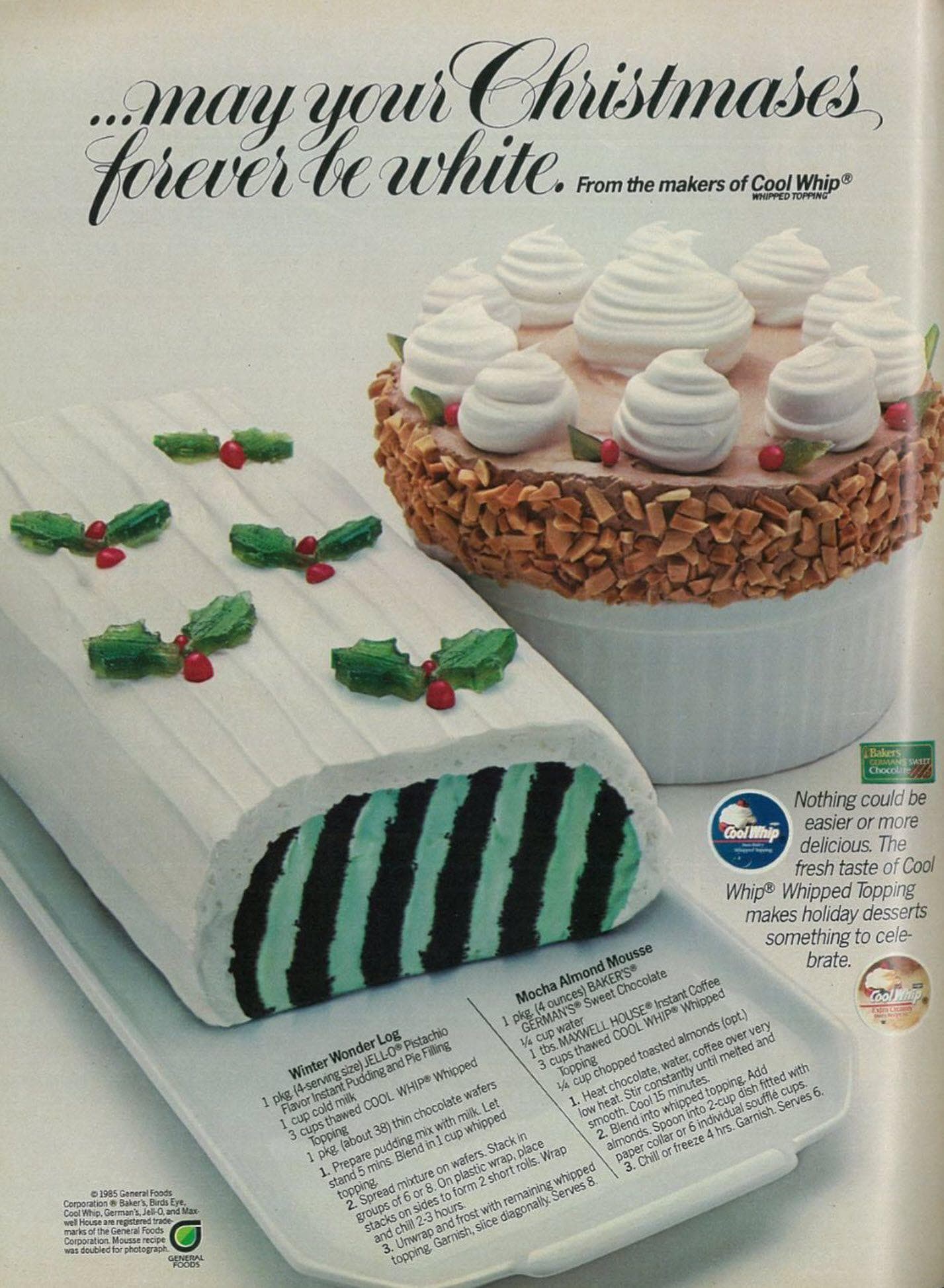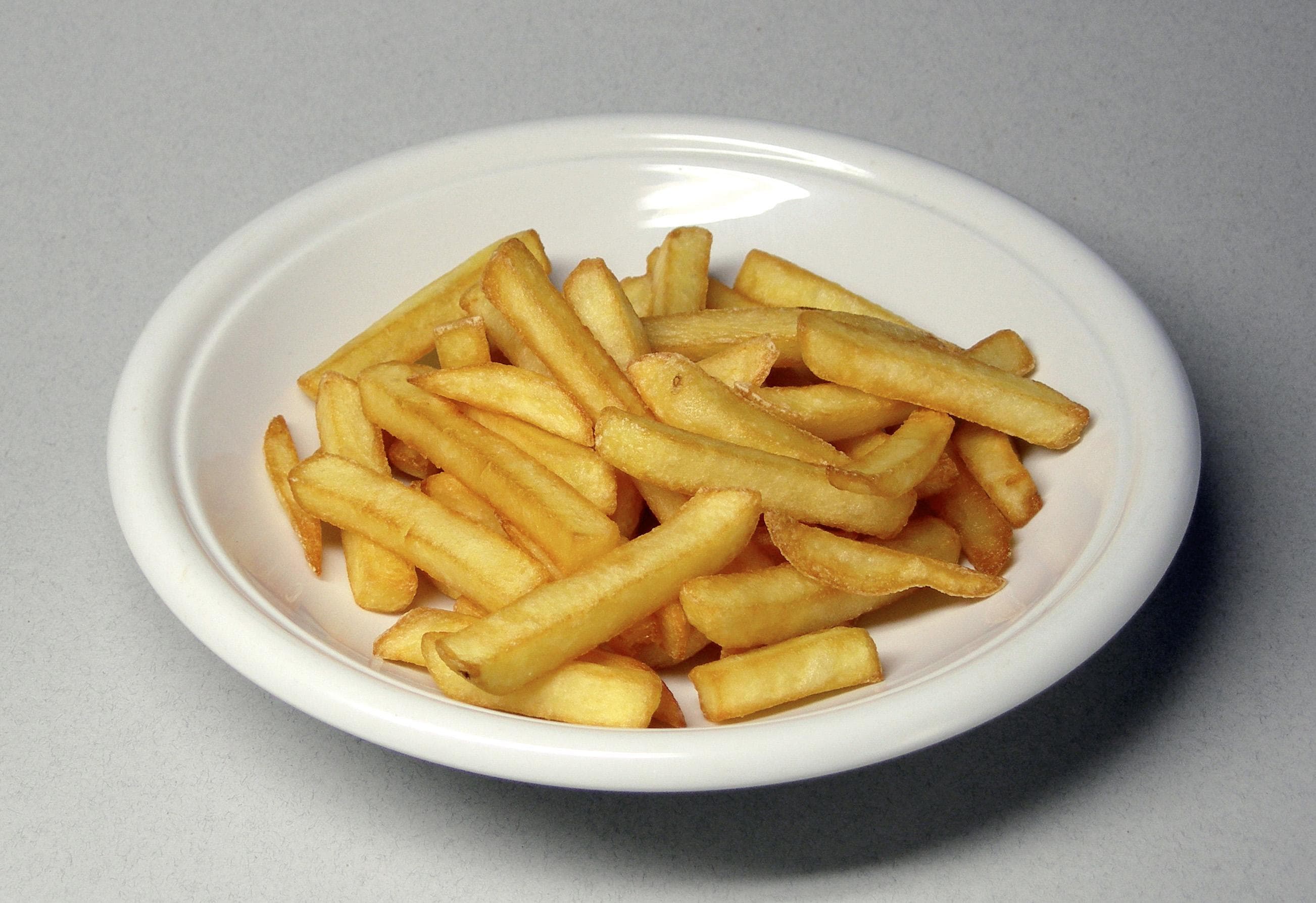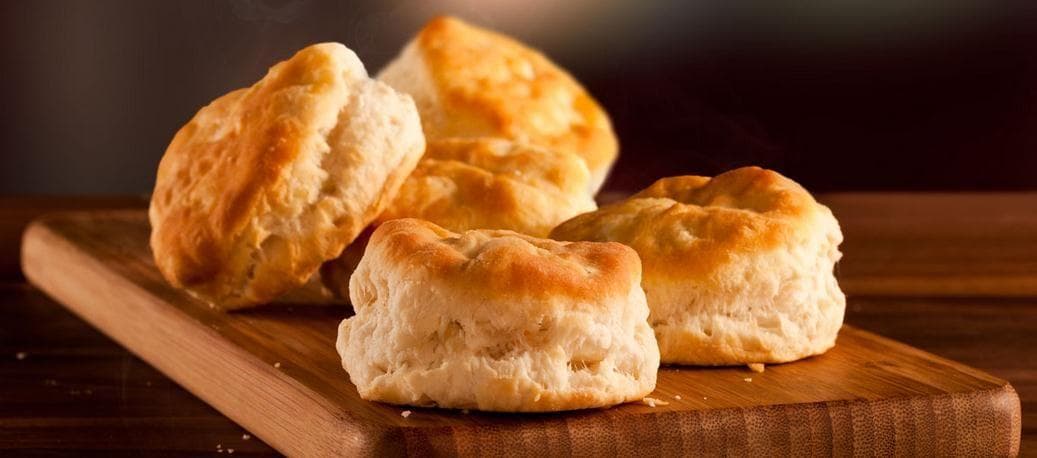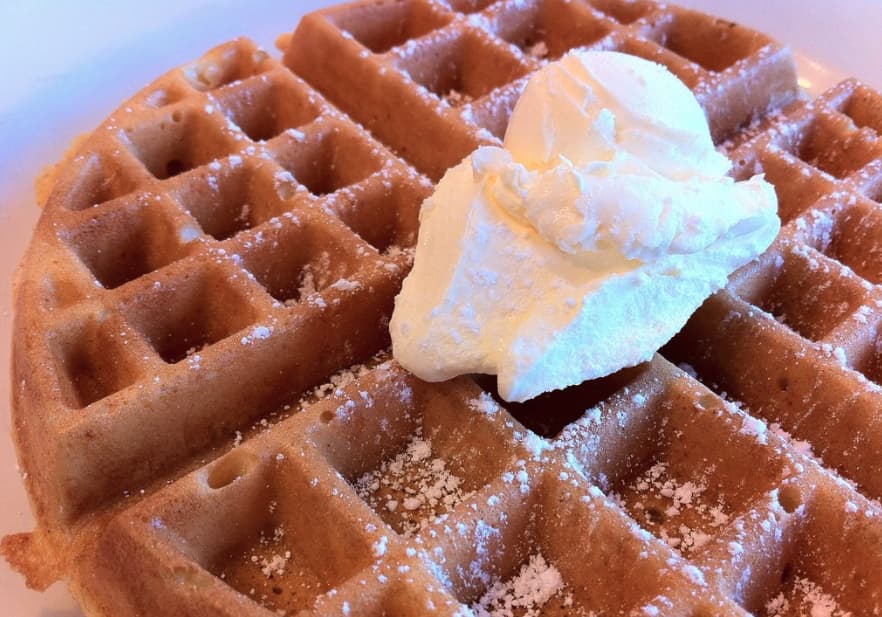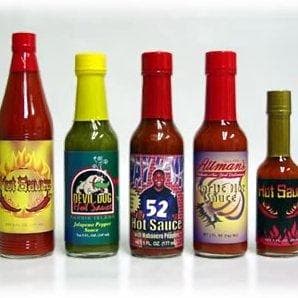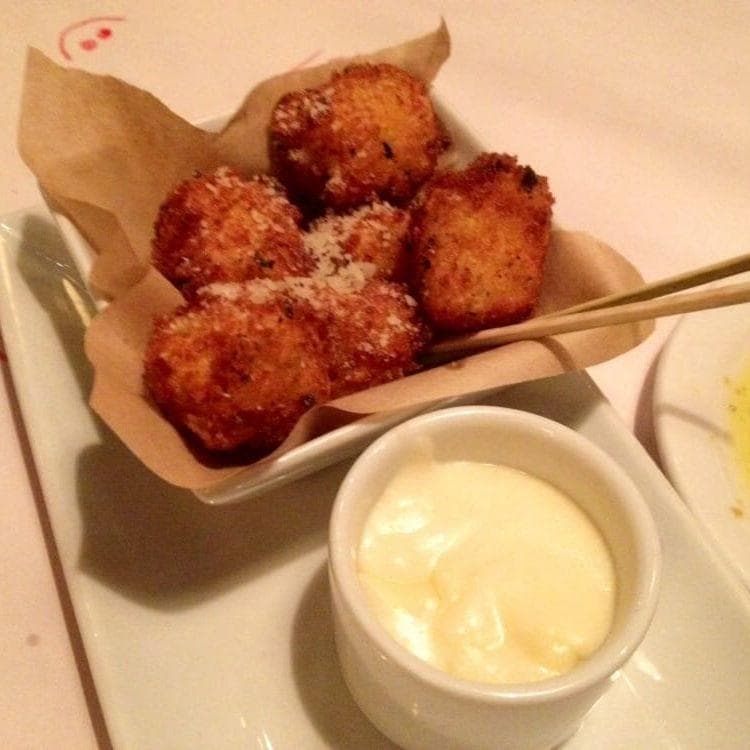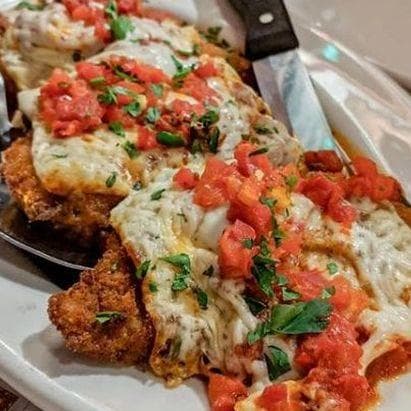-

(#5) Vikings Preferred Multi-Grain Breads
Vikings ate skause with multi-grain bread, another daily staple in their diet. Vikings made their bread from a mix of grains (wheat, barley, oats, and rye), beans, honey, nuts, and ground tree bark that added a healthy touch to the loaves. Vikings often made bread in a skillet placed below the skause cauldron in cooking fires. This type of bread would harden as it cooled, so the skause stew was great for softening up old loaves. The Vikings would also take old bread dough to make loaves of sourdough bread.
-
(#7) Vikings Ate Birds And Their Eggs
Land and sea animals weren't the only protein sources for Vikings. Birds and eggs were also common ingredients in their meals. Based on excavations, the auk, a large bird that is now extinct, was essential to local diets. Vikings also scaled cliffs to track seabirds and lowered themselves using ropes to gather eggs directly from nests. Viking farmers raised domesticated chickens to provide fresh eggs.
-
(#8) Some Viking Dishes Didn't Sit Well With The Catholic Church
Since Vikings had to make due with what was available, the types of meat they ate could vary. Fish and other sea creatures were staples throughout the Viking world. In Greenland, Vikings ate a lot of seals, and they may have eaten walrus as well.
Vikings also raised horses as a common source of food before the spread of Christianity. Pope Gregory III issued a papal edict banning the consumption of horse meat in 732 CE due to it's connection to pagan rituals, specifically those meant to honor the Norse god Odin.
-

(#12) Vikings Got Parasites From Their Meats
Viking toilets and trash heaps may reveal the truth about what they ate, and it wasn't just food. Research has revealed that Vikings were prone to parasites in their intestines, likely from undercooked meat. Vikings took great care to preserve meats and other foods for longevity, but that may not have been enough to keep them from getting worms. Studies also show that Vikings ate poisonous plants, either as a vegetable or ground up into the flour used to make their bread.
-
(#2) The Vikings Made A Lot Of Dairy Products, Including A Multi-Purpose Yogurt
Vikings had cows, sheep, and goats, so they had many types of milk. Because it was difficult to keep foods from going bad, they often used milk to produce fermented dairy products of some kind. They made butter, cheese, yogurt, and a specialty called skyr.
Skyr, which translates to "curds," is a soft, yogurt-like cheese that Vikings stored and kept over the winter when fresh milk was unavailable. To make skyr, Vikings heated up skimmed milk and left it out to curdle and develop cultures. Once curdled, they strained the curdled mixture through cloth, scraping the yogurt from the fabric. The thick whey that remained didn't go to waste. Vikings drank the liquid by itself, pickled vegetables with it, and used it to preserve meats. The Vikings also kept sour milk, which they would add to bread and other foods.
-
(#11) Feast Days Meant Special Preparations Of The Best Foods
The Vikings took great care in preparing feasts for harvests, religious festivals, weddings, and other special occasions. There was a greater variety of meats, cheeses, and other items available, especially for wealthier families. For the winter celebration, Vikings allegedly sacrificed boars and spoke oaths before eating the game meat. According to Viking sagas, feasts and festivals were places for excessive alcohol consumption, where revelers passed the drinking horn around freely.
New Random Displays Display All By Ranking
About This Tool
The Vikings have many kinds of traditional foods, but Scandinavia has a cold climate and is not suitable for crop growth. Therefore, they have to trade in exchange for more food. The beef, lamb, pork, and sometimes horse meat are common in Viking diets. In the Viking era, for the needs of navigation, Vikings would also eat a lot of pickled fish. They often only eat two meals a day, breakfast and dinner.
Vikings who often sail far away do not care about table manners. It is indeed a very important thing to be able to eat a meal freely after tiring works. There is random 13 information about Viking diets, you could know their foods are surprisingly healthy.
Our data comes from Ranker, If you want to participate in the ranking of items displayed on this page, please click here.


